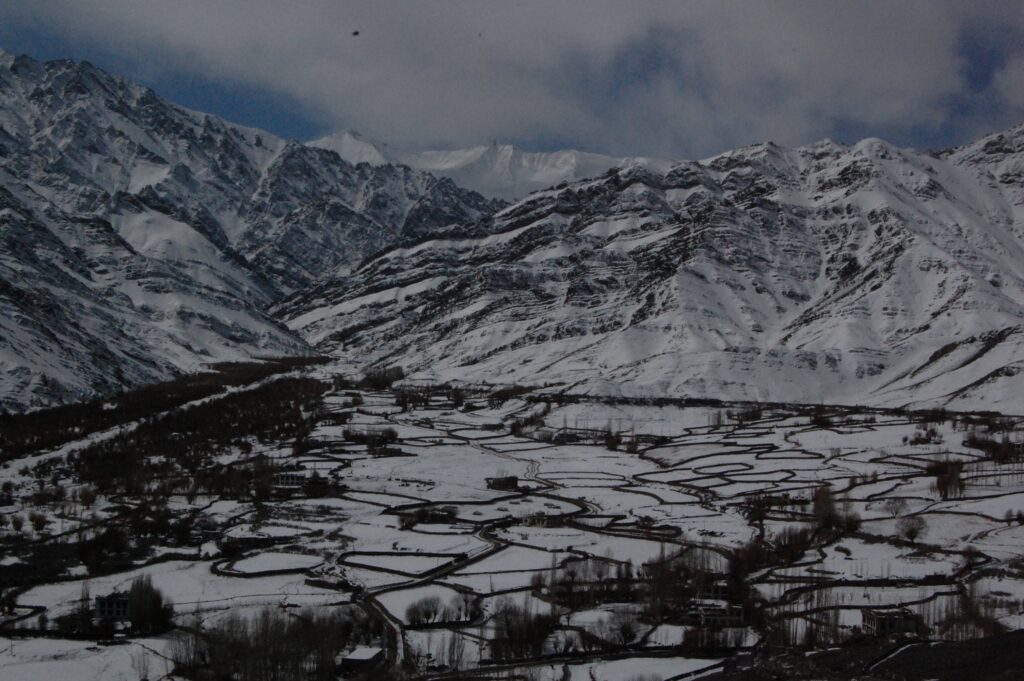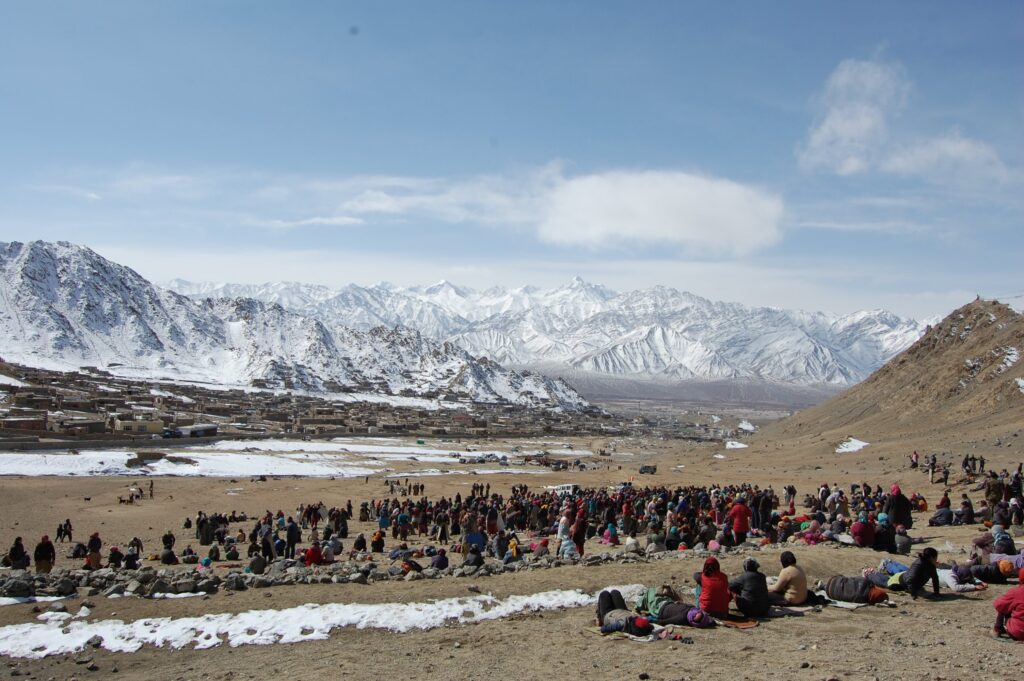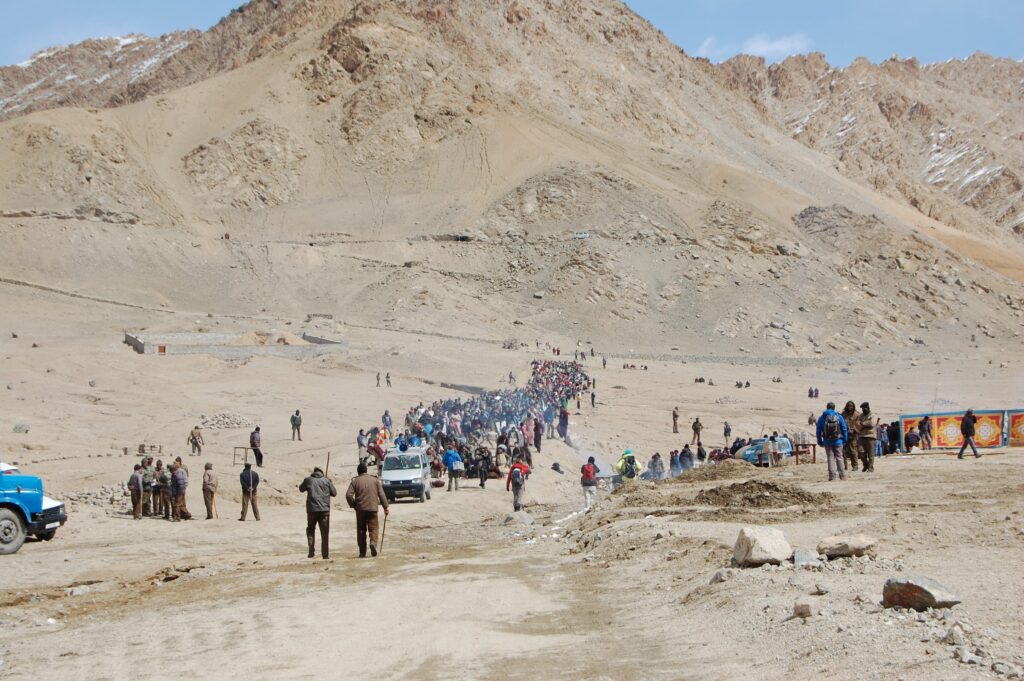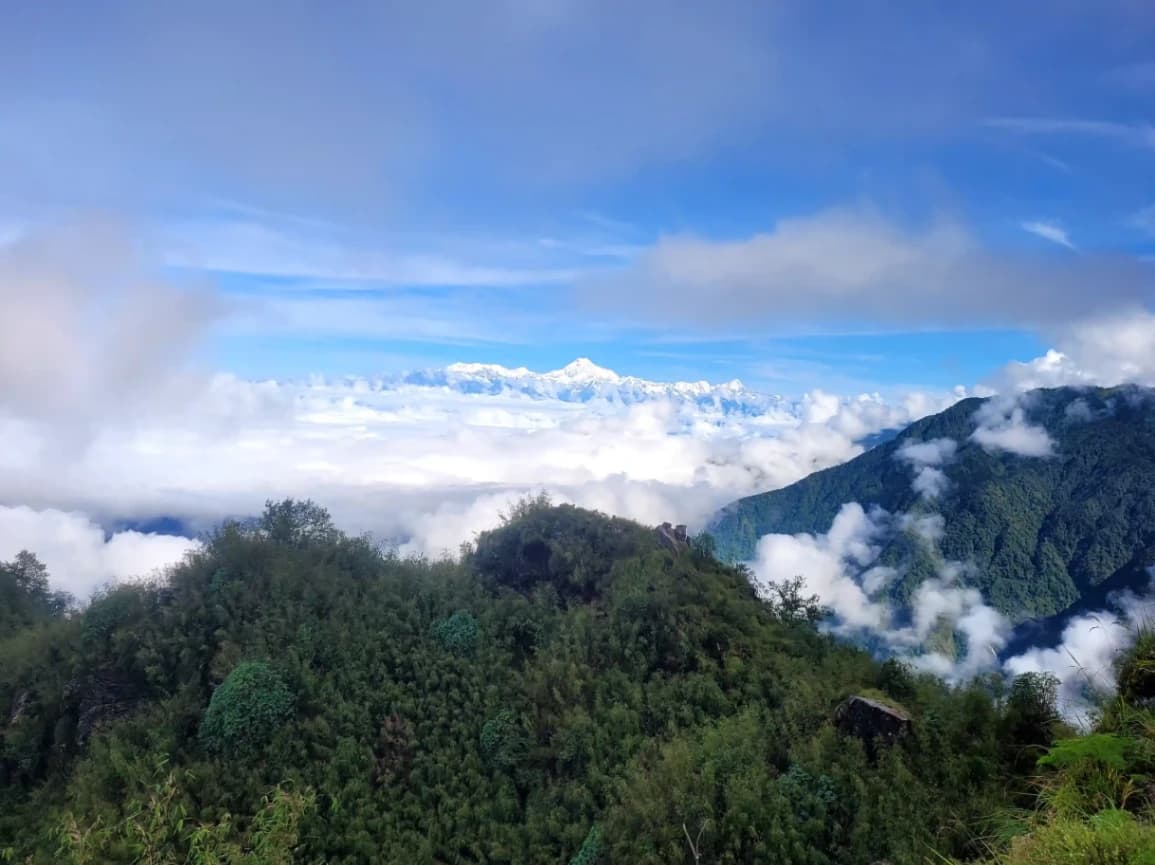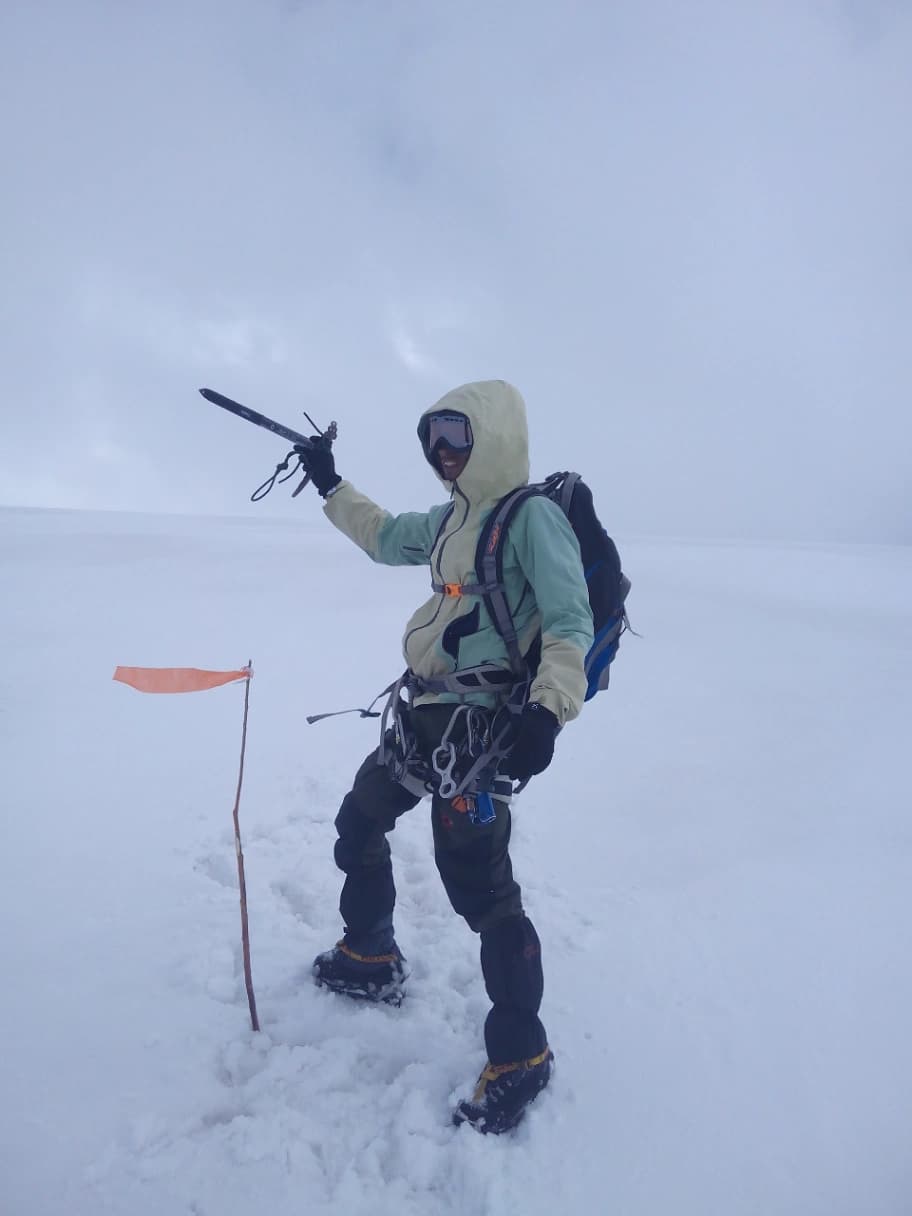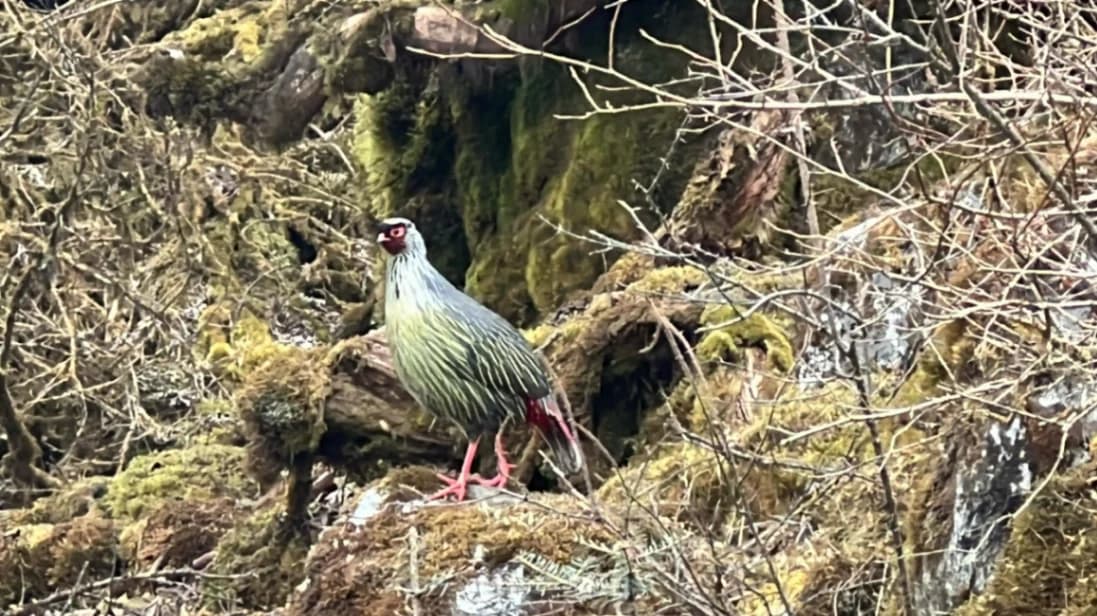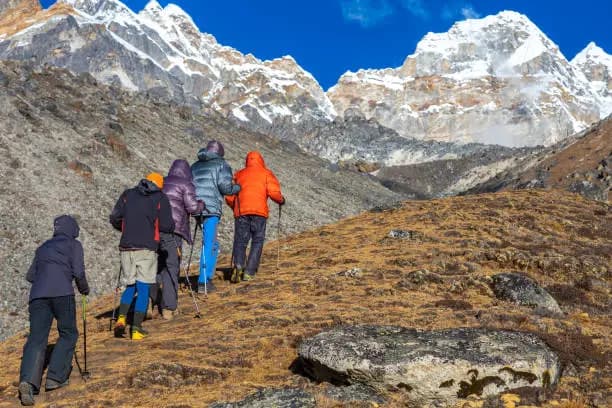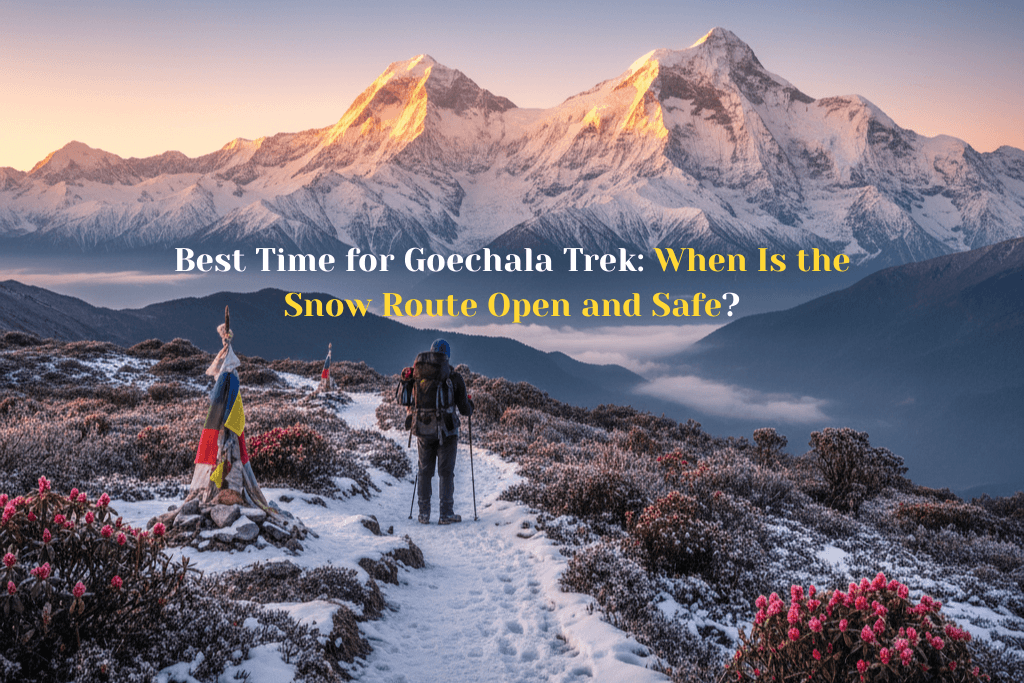Ladakh General Information: A Detailed Guide to the Land of High Passes
Ladakh, which is in the northernmost part of India, is one of the most beautiful places in the country. It is also known as .The Land of High Passes.” It is known for its beautiful natural scenery, interesting geography, and rich cultural history. This article gives a full picture of Ladakh, from its geography to its culture, history, and travel advice. This guide will help you learn more about the many things that make Ladakh such a beautiful place to visit.
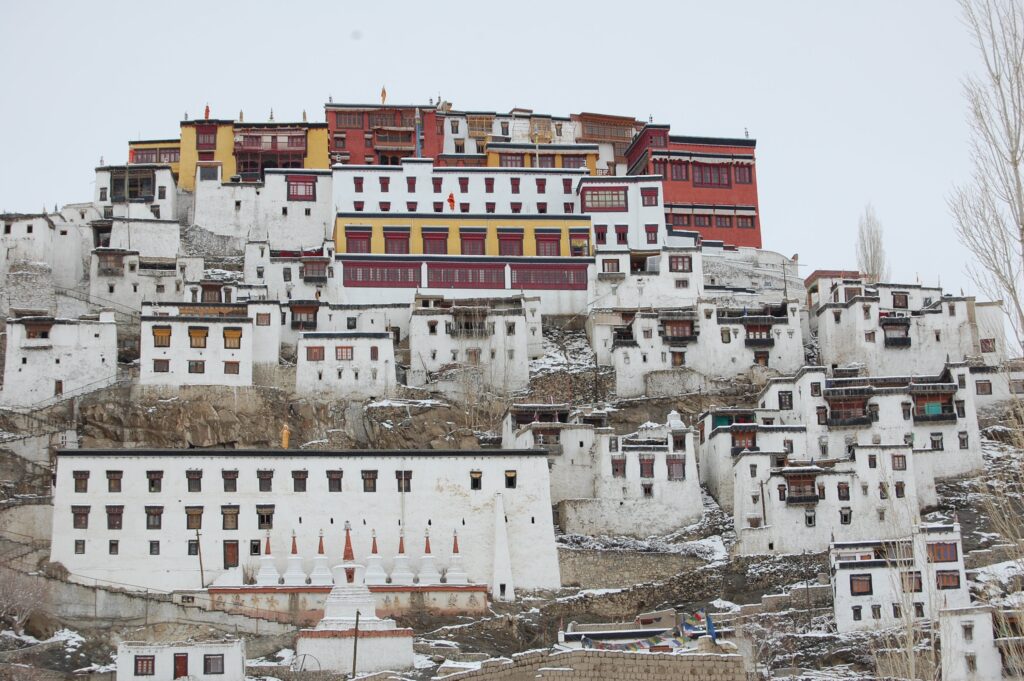
A Look at Ladakh
Ladakh is a high-altitude area in the northernmost part of India, between the Great Himalayas and the Karakoram mountain range. It is part of the Jammu & Kashmir Union Territory, which has long been known for its beautiful, unspoiled landscapes and unique culture. Ladakh is a paradise for both adventure seekers and nature lovers because of its Buddhist monasteries, snow-capped mountains, clear lakes, and rough terrain.
When planning a trip to Ladakh, which is far away, it’s important to know about travel, weather, local customs, and places to stay.
The Landforms of Ladakh
Ladakh is about 9,000 to 25,170 feet (2,700 to 7,672 meters) above sea level. The area is known for its dry and empty landscape, which is a big change from the green areas of India. There are many different types of terrain to explore, such as deserts, rivers, mountain ranges, valleys, and lakes.
Some of the most interesting geographical features of Ladakh are:
The Indus River runs through Ladakh, and many people live in its valley.
Pangong Lake: A beautiful saltwater lake that is more than 134 kilometers long and is known for its stunning beauty.
Leh is the capital city and the starting point for most travelers. It is surrounded by tall mountains.
The Weather in Ladakh
Ladakh has a cold desert climate, which means that winters are long and harsh and summers are short and cool. The weather in Ladakh changes a lot depending on the time of year and the height.
Summer (May to September): The temperature during the day can be between 15°C and 30°C, and at night it can drop to 5°C. The weather is nice and the roads are open, so this is the best time to go to Ladakh.
Winter (November to February): The temperature can drop to -20°C or lower, and most places, especially those at higher altitudes, are covered in snow.
Because it is cold and at a high altitude, you should bring warm clothes, sunscreen, and water with you on your trip.
The history of Ladakh
Ladakh has a long and varied history that has been shaped by its religious and cultural influences as well as its strategic location along old trade routes. Ladakh was once a kingdom that was very close to Tibet, Central Asia, and Kashmir. It has been an important stop on the Silk Route and has been shaped by many Buddhist cultures, such as Tibetan Buddhism.
The Old Kingdom of Ladakh
Ladakh used to be its own kingdom, and people think that its rulers were related to the Tibetan kings. The area did very well from the 9th to the 17th centuries, when the kingdom ruled over a large area that included parts of what are now Pakistan and China.
Ladakh has always been a place where different cultures come together. For example, Buddhist, Muslim, and Tibetan traditions all come together in the area. You can still see this rich cultural history in the buildings, festivals, and customs that the people of the area follow.
The Political Scene
After India became independent, Ladakh became part of the state of Jammu and Kashmir. But in 2019, when Jammu and Kashmir was reorganized, Ladakh became a separate Union Territory that the Government of India directly controls.
The customs and culture of Ladakh
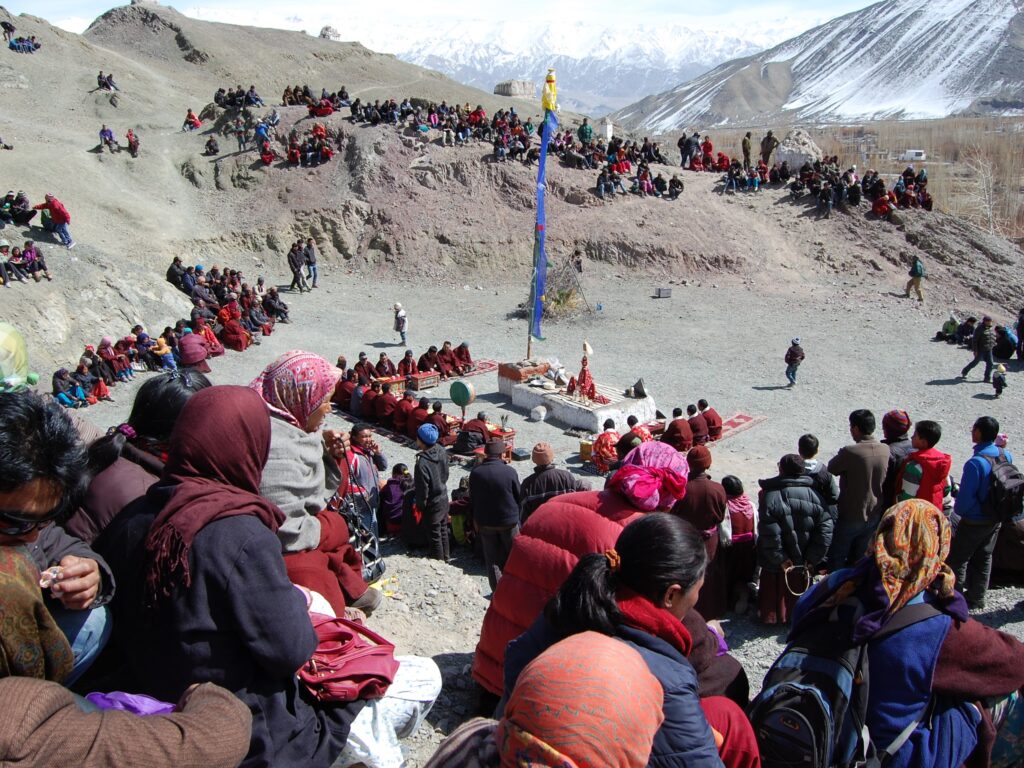
The culture of Ladakh is mostly Tibetan, with a lot of Buddhist influence. There are a lot of monasteries in the area, and Tibetan Buddhism has a strong spiritual connection to the area.
Buddhist temples and monasteries
Ladakh is known for its monasteries, which are not only places of worship but also places where art, culture, and history are kept. Some of the most well-known monasteries are:
Hemis Monastery is one of the biggest and most well-known Buddhist monasteries in Ladakh. It is near Leh. The Hemis Festival, which takes place every year to honor Guru Padmasambhava, is what it is known for.
Thiksey Monastery is famous for looking like the Potala Palace in Lhasa. It is a famous place for Buddhist culture and has a great view of the Indus Valley.
Spituk Monastery is on top of a hill, and it has great views of the valley below.
Ladakh’s Festivals
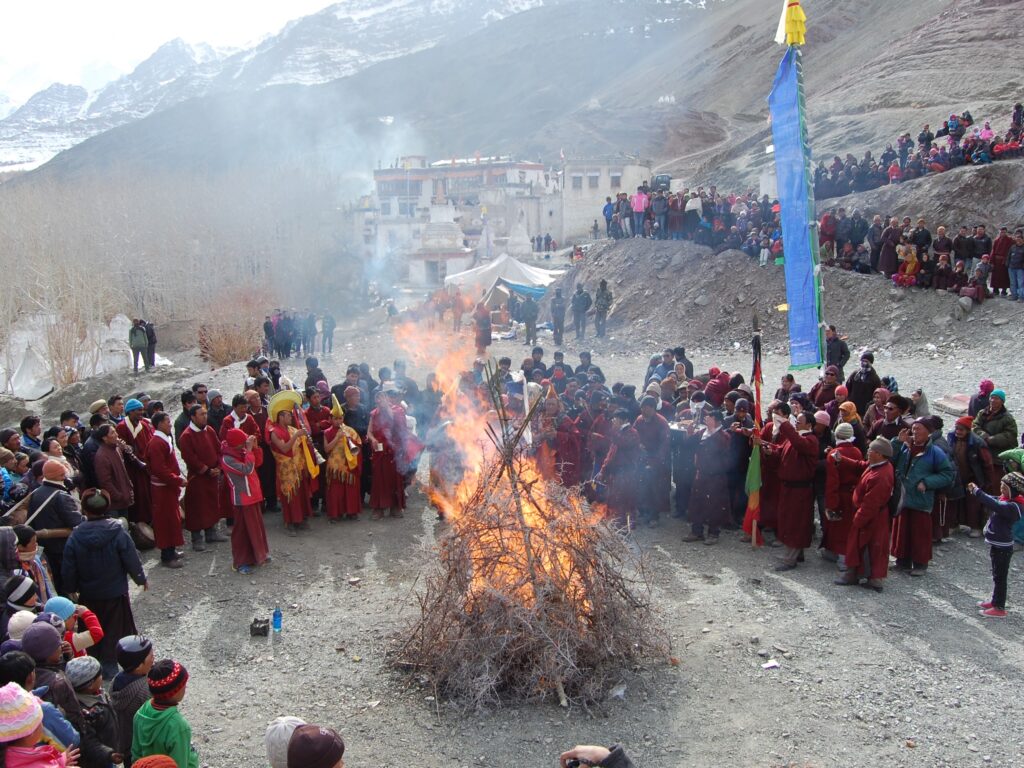
Festivals are a big part of Ladakh’s culture and are closely tied to the area’s Buddhist traditions. Some of the most well-known festivals are:
The Hemis Festival is the biggest and most famous festival in Ladakh. It happens every year in June or July to celebrate the birth of Guru Padmasambhava.
Losar Festival: The Tibetan New Year, which is marked by cultural events, dances, and religious ceremonies.
The Ladakh Festival is a celebration of the area’s rich cultural history, with music, dance, and traditional sports.
Traditional Food from Ladakh
Tibetan and Central Asian cooking have a big impact on Ladakhi food. Some of the most popular foods are:
Thukpa is a noodle soup with meat, vegetables, and spices.
Momos are Tibetan dumplings that are usually stuffed with meat or vegetables.
Chutney: A key part of Ladakhi meals, chutneys are made with local foods like apricots, chilies, and garlic.
- Ladakh’s Most Popular Tourist Spots
If you’re looking for adventure, spirituality, and stunning scenery, Ladakh is the perfect place to go. Here are some of the best places to visit in Ladakh:
The City of Leh
Leh is the capital of Ladakh and a popular tourist destination. The city’s narrow streets, old markets, and Tibetan-style buildings give it an old-world charm. While in Leh, travelers can see monasteries, palaces, and markets while taking in the stunning views of the mountains.
Some of the most interesting things to do in Leh are:
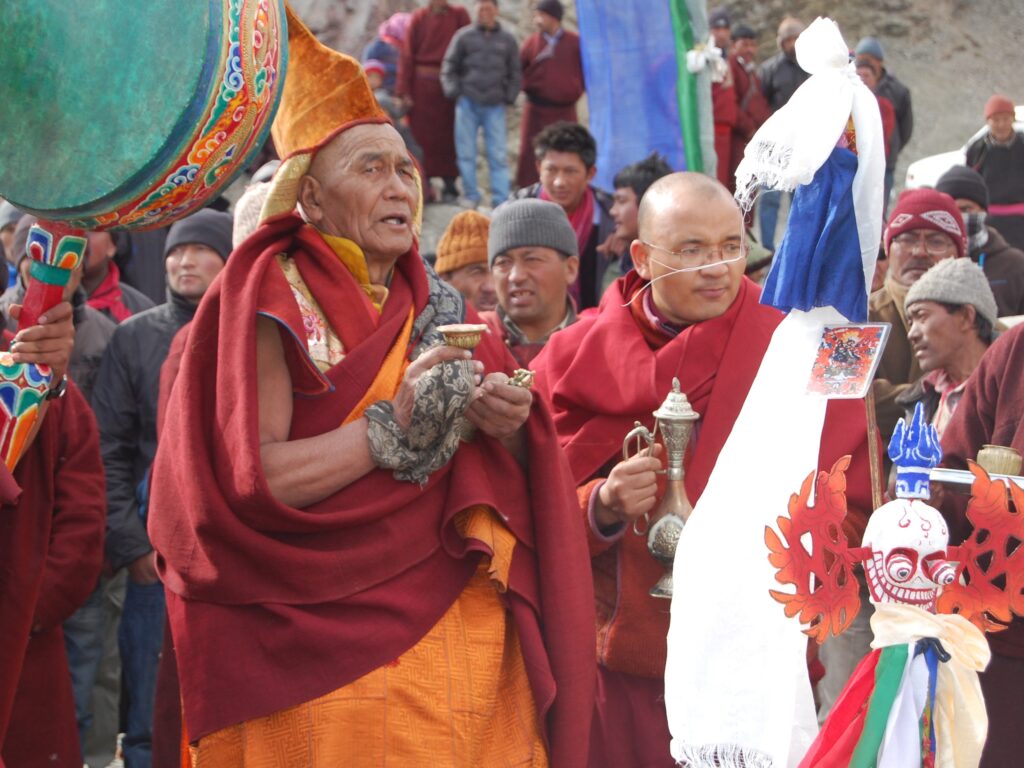
Leh Palace: A former royal palace that has great views of the city.
The Shanti Stupa is a sign of peace and a great place to see the surrounding area.
Leh Market: A busy market where you can buy traditional Ladakhi jewelry, handicrafts, and textiles.
Nubra Valley
Nubra Valley is a desert valley north of Leh that is surrounded by mountains. Nubra Valley is a great place for both adventure and spirituality because it has a mix of landscapes, such as sand dunes, rivers, and Buddhist monasteries.
Diskit Monastery is known for its huge statue of Maitreya Buddha. The monastery is peaceful and has amazing views of the valley.
Hunder Sand Dunes: People can ride camels on the dunes, which makes Nubra Valley’s desert experience even more special.
Pangong Lake
At a height of 4,350 meters, Pangong Lake is one of the most famous tourist spots in Ladakh. The lake is about 134 kilometers long and is known for its colors, which change all the time from deep blue to turquoise. The lake was also in the hit Bollywood movie 3 Idiots.
Tso Moriri Lake
Tso Moriri is another stunning high-altitude lake in Ladakh, surrounded by open plains and snow-covered peaks. The lake is in the Changthang region, which is far away and home to many migratory birds. This makes it a great place for nature lovers and birdwatchers.
Useful travel tips and information

Because of its high altitude and unique climate, you need to get ready for a trip to Ladakh. Travelers should know this important information about Ladakh:
The Best Time to Go to Ladakh
May to September is the best time to go to Ladakh. The weather is pretty nice during this time, and the roads are clear. The winter months (November to February) are very cold and snowy, which makes it hard to get around.
Health Advice
Because Ladakh is so high up, travelers should take steps to avoid getting sick from the high altitude. Here are some helpful tips:
Get used to the altitude by spending a day or two in Leh before going to higher areas.
Stay hydrated by bringing enough water and other fluids with you. The dry air can make you dehydrated.
Take Your Medicine: Always have headache, nausea, and altitude sickness medicine on hand.
How to Get to Ladakh
You can get to Ladakh by road, air, or even bike in some cases:
Leh’s Kushok Bakula Rimpochee Airport connects the area to big cities like Delhi, Srinagar, and Jammu by air.
The Manali-Leh Highway and the Srinagar-Leh Highway are the two main roads that connect Ladakh to the rest of India. From May to October, these roads are open.
By bike: Ladakh is a popular place for bikers, especially those who want to have an adventure on the Manali-Leh or Srinagar-Leh routes.
The End
Ladakh has beautiful landscapes, a long history, and a wide range of cultures. Ladakh has something for everyone, whether you’re a traveler looking for spiritual peace in its monasteries, an adventurer looking for high-altitude hikes, or a nature lover who wants to see the beauty of clear lakes and snow-capped mountains. This article gives you all the information you need about Ladakh, including its geography, culture, and the best places to visit. This will make sure that your trip to this magical place is one you’ll never forget.
Gallery
